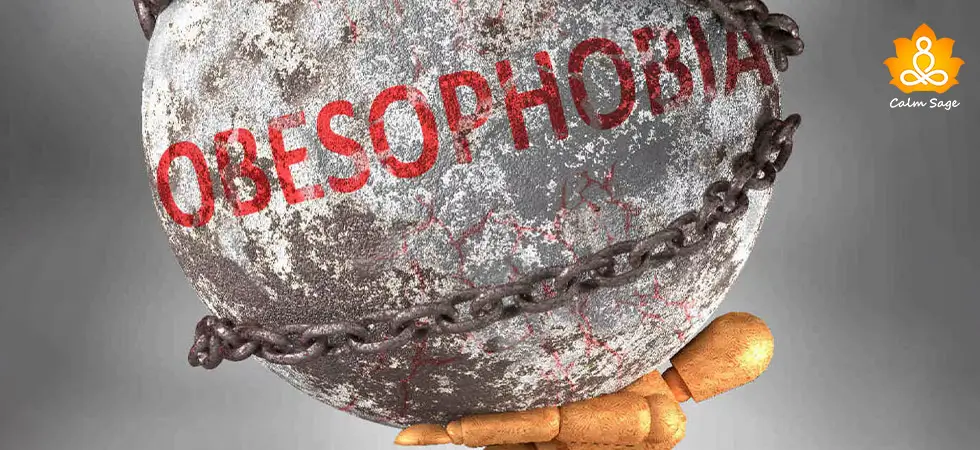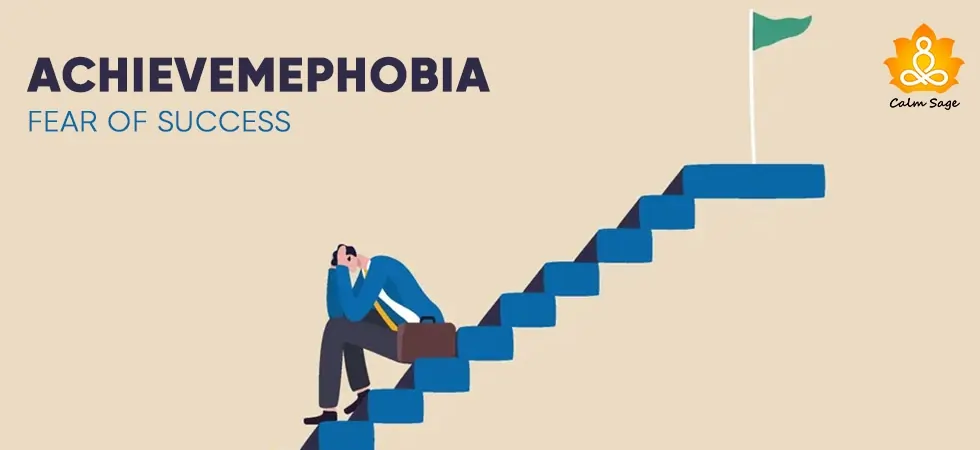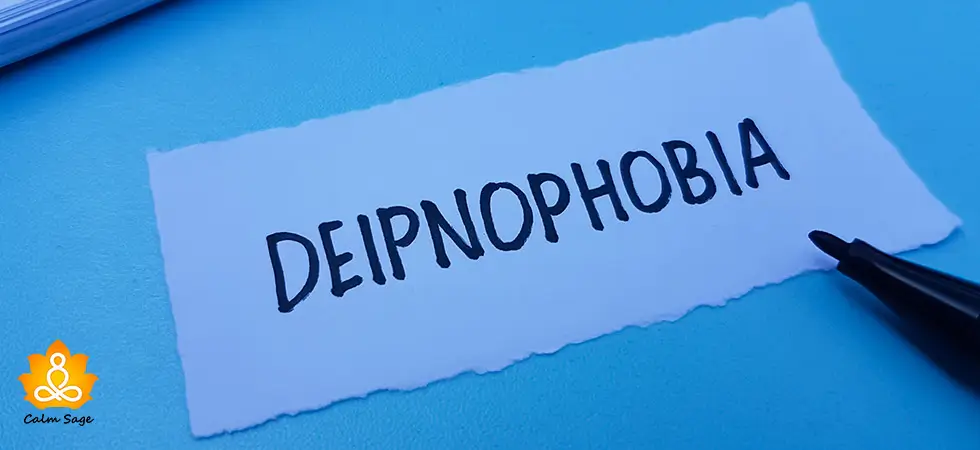Coming Out of The Closet by Confronting Internalized Homophobia
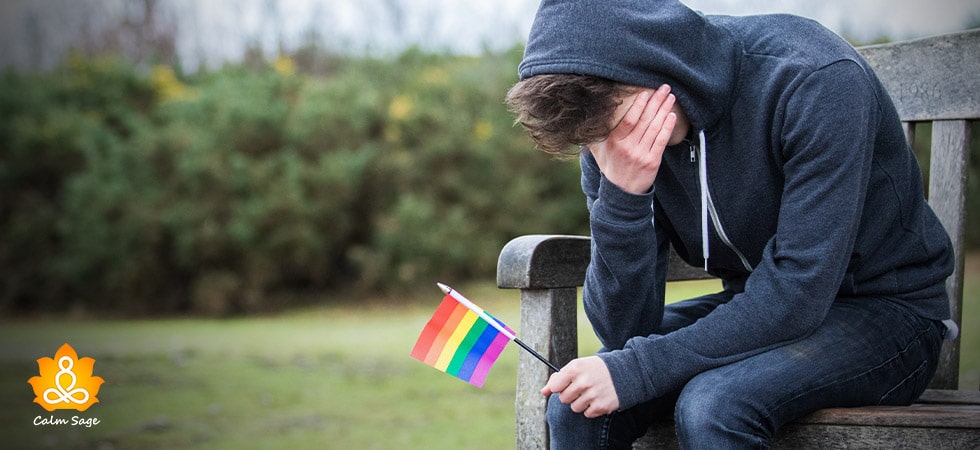
Love is love” But in the grand and ever-evolving tapestry of sexuality, love might not always be enough. There is one thread that remains forever undeserving and hidden at the back in the shadows – internalized homophobia. It’s a term that you must be aware of but it isn’t something widely discussed even though it can have a profound impact on many lives in the LGBTQIA+ community.
Closets are meant to be for clothes, shoes, bags, and whatnot, but it is also synonymous with hiding many facets of your identity – especially sexual identity. The closet I’m talking about today isn’t the colorful swatches that many are used to, but the one where everything is black and white and not a spark of color can shine through. It’s a closet woven from societal expectations, parental pressure, stereotypes, and fears.
In the diverse world that we live in, there’s an enigma that confounds us all – internalized homophobia. This, for many LGBTQIA+ lives, is a common concept that many still live with even in this acceptable era. But what is internalized homophobia truly? How does it affect our thoughts, behaviors, and well-being? Can it leave more than just little scars behind when it comes to the bigger picture?
Grab your swords and hang on to your shields as we dive deep into the closet by confronting internalized homophobia and figuring our way out to self-discovery, self-acceptance, and self-love.
Be ready to learn, love, and shed a tear or two as we unknot this puzzle that is internalized homophobia and where acceptance comes easy and pride shines through all year long!
What Is Internalized Homophobia?
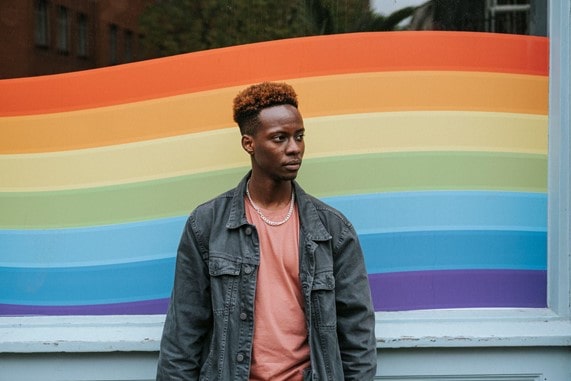
Internalized homophobia is the involuntary acceptance and internalization of the negative beliefs of society, and prejudices about the LGBTQIA+ community that you think and act on. It’s the knee-jerk reaction you feel when you see a member of the LGBTQIA+ community living their life.
Internalized homophobia is the queer community’s version of self-stigma where a person – who identifies as a queer individual – adopts and accepts the harmful stereotypes and biases about their identity.
When society continues to maintain stereotypes and biases against the LGBTQIA+ community, some people may even begin to believe these stereotypes about themselves and their sexual identity. Imagine internalized homophobia as an emotional burden that you carry even though it’s not yours to bear.
Internalized Homophobia Looks Like This…
Recognizing the signs of internalized homophobia can be tricky because they are too deeply ingrained in your psyche. These signs can also manifest in various ways – from negative self-talk to downright hatred towards the community that you too are a part of. Nevertheless, here are some signs of internalized homophobia to watch out for;
- Feeling ashamed or guilty about your sexual orientation or gender identity
- Experiencing a fear of coming out and talking about your true self even with your close loved ones
- Believing in stereotypes about the LGBTQIA+ community and members, like the idea that being “gay” or being “queer” is just a phase
- Trying to fit into the heteronormative culture or ideals to avoid prejudice and discrimination
- Feeling a deep hatred or dislike towards your sexual or gender identity that might also extend to the LGBTQIA+ community
- Having same-sex relationships but keeping them a secret in public
The Eternal Effects of Internalized Homophobia
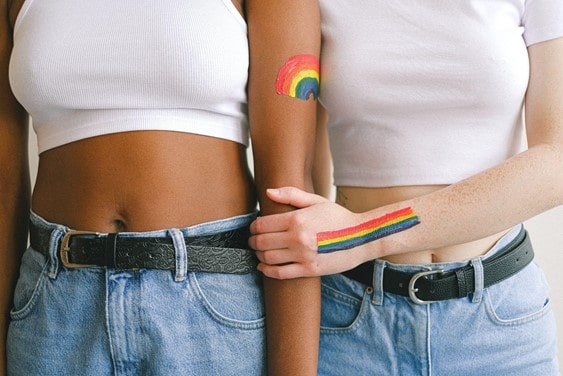
Internalized homophobia can take a severe toll on your mental and emotional well-being. It may cause depression, anxiety, poor self-esteem, and even lead to substance abuse disorders. When you keep directing all that hate inside or toward yourself, then it can affect your thoughts, behaviors, and even your growth as a person.
This kind of cognitive dissonance might cause feelings of unease and anxiety between acceptable heteronormative behaviors and your own same-sex behaviors. You might even experience shame, humiliation, and embarrassment, often also fearing being ridiculed, judged, and rejected by society.
These internal thoughts and self-stigma behavior can result in depression and feelings of hopelessness. There have been studies that suggest that people who experience same-sex relationships often feel pressured and stressed because of the heteronormative culture.
Because of this cognitive dissonance between your internalized homophobia and your true sexual desire might also cause you to withdraw from social events, familial relationships, and even intimate relationships. This can be hard on us as we are social creatures and seem to thrive on social connections.
Moreover, when you let your internalized homophobia develop, you may begin to feel frustrated and angry because you’ll feel a constant push and pull between your internal desires and external oppression of them. This anger and frustration can often end up being directed inward or to the LGBTQIA+ community, in general.
Tips to Deal With Internalized Homophobia
Life is already too challenging but you can take some control of it and your internalized thoughts with these tips. Here are some ways to help you deal with internalized homophobia;
1. Practice Self-Reflection
Acknowledge your identity and challenge your biases and prejudices. You can work on this by practicing self-care, especially the emotional kind. You’ll be focusing on your internal emotions and thoughts. Internalized homophobia causes a lot of conflicting emotions, so you can sort them out through journaling, meditation, and other self-reflection activities.
2. Connect with the LGBTQ+ Community
You can also deal with internalized homophobia with the help of support groups, organizations, and friends who can offer a safe space for you to share your experiences, thoughts, and feelings. If you feel like you can safely come out, then you can do it. Take your time though. You don’t have to rush your coming out; but if you decide to, then know that it can be a relief and also an opportunity to connect with other LGBTQIA+ members.
3. Educate Yourself
Someone had the right idea when they said, “Knowledge is power”. You can use this power of knowledge to empower yourself and learn more about the LGBTQIA history. Because at the core, internalized homophobia comes from the fear of being rejected and ridiculed, you can address the core issue by learning and educating yourself about the multiple facts of human sexuality.
4. Challenge Your Beliefs
If you are faced with negative beliefs about your sexual identity, you can work on them by challenging your beliefs. You can pick the conflicting beliefs and question them until you can disentangle them. The idea is to look at these beliefs and recognize that what you’re carrying is not yours to bear and you can let them go.
5. Seek Professional Help
It’s not easy to let go of your beliefs, especially when they have been ingrained in your heart and mind for a long time, so when you decide it’s time to let go of them, don’t hesitate to seek professional help. Connect with an LGBTQIA+ therapist or someone who specializes in treating LGBTQ-related issues.
How can an LGBTQ+ therapist help?
A qualified therapist can help you by offering a safe space and an understanding place where you can explore and express your feelings and experiences. There have been studies that say that LGBTQIA+ people who seek and receive therapy specifically tailored to their needs report a significant improvement in their mental health, self-esteem, and overall quality of life.
You Can be an Ally Too!
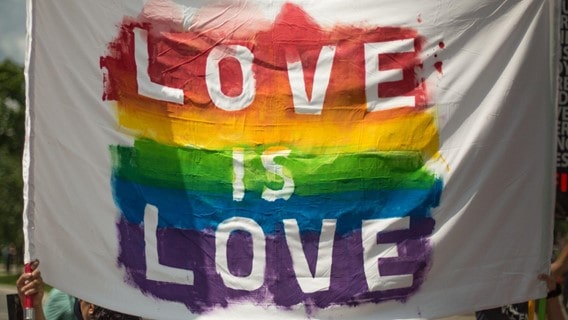
If you’re not a member of the LGBTQIA+ community but have a loved one who identifies as queer, then you can be an ally to them in fighting internalized homophobia. Here’s how you can become an ally;
- Listen to your queer loved one’s concerns, stories, and educate yourself about their experiences.
- Speak out when you see someone using homophobic or transphobic language. Staying silent in the face of homophobia is not cool.
- Support your queer loved ones by attending pride events, donating to LGBTQIA+ charities, and participating in advocacy efforts.
- Be respectful of your queer ones and use inclusive language when you can. Respect their pronouns and show empathy towards your queer loved ones and their friends.
Love is Love…
Internalized homophobia is a silent battle between self-love and self-hatred that many LGBTQIA+ people face and live with. These homophobic biases are deeply rooted in societal expectations and stereotypes. Knowing what internalized homophobia looks like, how it affects your thoughts and behaviors, and how you can deal with it can be the first step toward self-acceptance and self-love.
You are not alone on your self-exploration journey and there is always a supportive community ready to embrace you for who you are!
After all, “Love is the beauty of the soul”.
Was this article helpful? Let me know in the comments box below. You can also share your tips to be an ally or confront internalized homophobia in the section below.
Be Strong, Be Proud!






